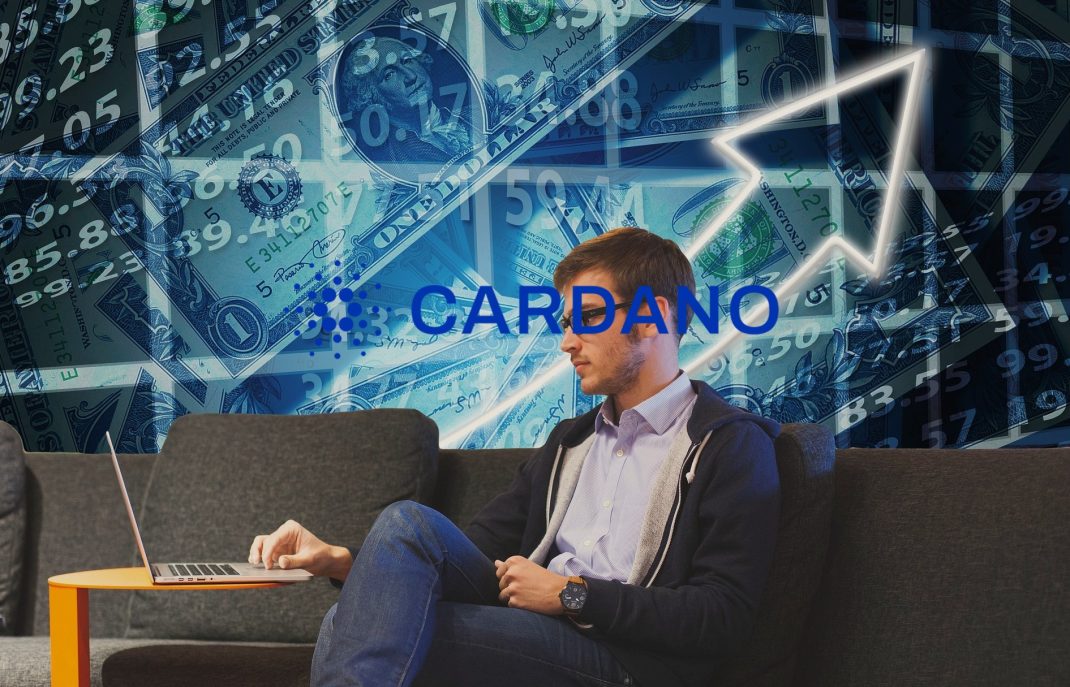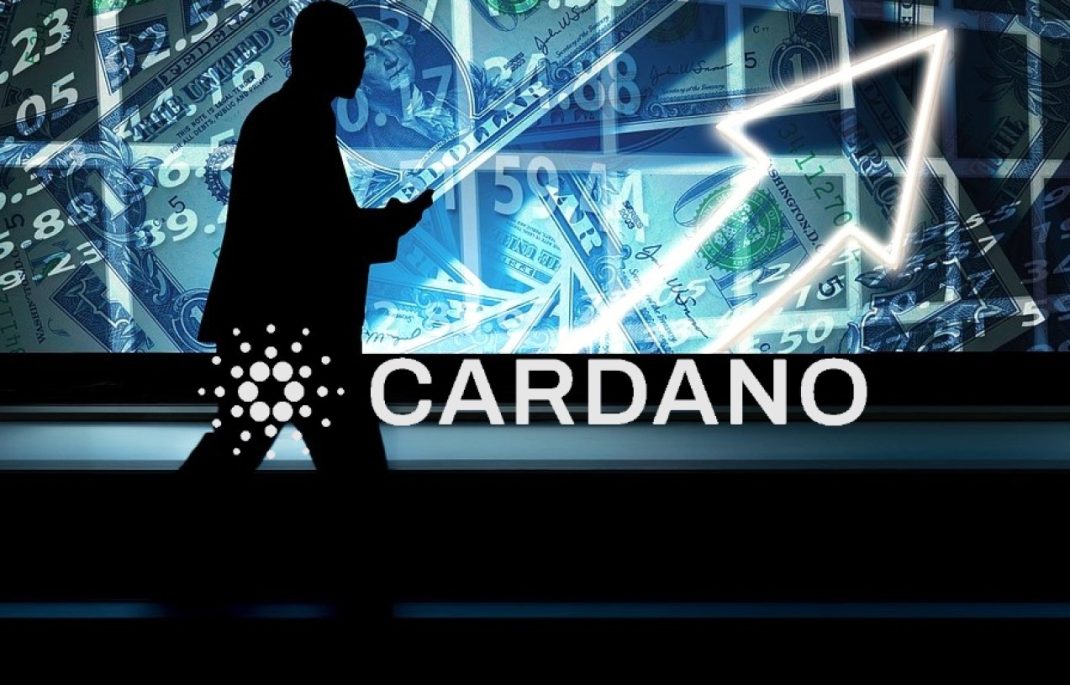Cryptocurrency is an ever-evolving space, with new innovations and developments coming to the forefront every day. One such cryptocurrency that has gained a lot of attention in recent years is Cardano (ADA). Cardano is a third-generation cryptocurrency that aims to solve some of the major issues that first and second-generation cryptocurrencies face.

Contents
What is Cardano (ADA)?
Cardano is a decentralized blockchain platform that was founded by Charles Hoskinson, one of the co-founders of Ethereum, in 2015. It is an open-source project that is built on scientific philosophy and aims to provide a more secure, transparent, and sustainable ecosystem for decentralized applications (dApps) and smart contracts.
One of the main features that sets Cardano apart from other cryptocurrencies is its use of a proof-of-stake (PoS) consensus algorithm. This means that instead of miners solving complex mathematical equations to validate transactions and earn rewards, Cardano uses a system of validators who stake their ADA coins to help secure the network. This is a more energy-efficient and environmentally-friendly approach to consensus, as it does not require massive amounts of computational power to run.
– Polkadot (DOT): The Next Generation Blockchain Network
How Does Cardano (ADA) Work?
Cardano (ADA) is built on a layered architecture, with each layer serving a specific purpose. The three main layers are:
- Cardano Settlement Layer (CSL): The CSL is responsible for handling ADA transactions, managing wallets, and ensuring the integrity and security of the network. It uses the Ouroboros PoS consensus algorithm to validate transactions and add them to the blockchain.
- Cardano Computation Layer (CCL): The CCL is responsible for executing smart contracts and decentralized applications (dApps) on the Cardano network. It is designed to be flexible and scalable, allowing developers to create a wide range of applications on the platform.
- Cardano Cardano Application Layer (CAL): The CAL is the layer where end-users interact with decentralized applications (dApps) built on the Cardano platform. It provides a user-friendly interface for users to access and interact with dApps, and it ensures that these applications run smoothly and securely.
What are the Advantages of Cardano (ADA)?
One of the main advantages of Cardano is its commitment to scientific research and development. The team behind Cardano includes some of the top minds in the industry, and they have a strong focus on peer-reviewed research and evidence-based development. This approach ensures that the Cardano network is secure, stable, and able to handle a wide range of decentralized applications.
Another advantage of Cardano is its focus on interoperability. The Cardano team recognizes that the cryptocurrency space is fragmented, with different networks and protocols that are not always compatible with each other. To address this issue, Cardano is built to be compatible with other blockchain networks, allowing for seamless integration with other decentralized applications and networks.
– DOGE Coin: The Fun and Enigmatic Cryptocurrency
Finally, Cardano’s PoS consensus algorithm is a major advantage over the proof-of-work (PoW) consensus algorithm used by many other cryptocurrencies. PoS is more energy-efficient and environmentally-friendly, and it also makes the network more decentralized and secure.
Conclusion

Cardano (ADA) is a third-generation cryptocurrency that is built on scientific research and development. Its use of a proof-of-stake (PoS) consensus algorithm, layered architecture, and focus on interoperability make it a promising platform for the development of decentralized applications and smart contracts. As the cryptocurrency space continues to evolve, Cardano is well-positioned to play a major role in the development of a more secure, transparent, and sustainable ecosystem.




